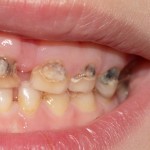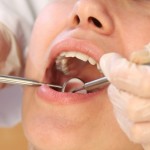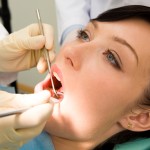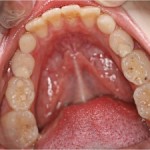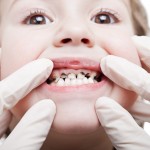
Sergio Uribe in his first Dental ELf blog looks at this review of the predictive performance of seven caries risk assessment models. While the findings suggest a resonable performance from the full and reduced Cariogram more high quality studies are needed in particular in relation to communication of risk to patients and its impact.
[read the full story...]